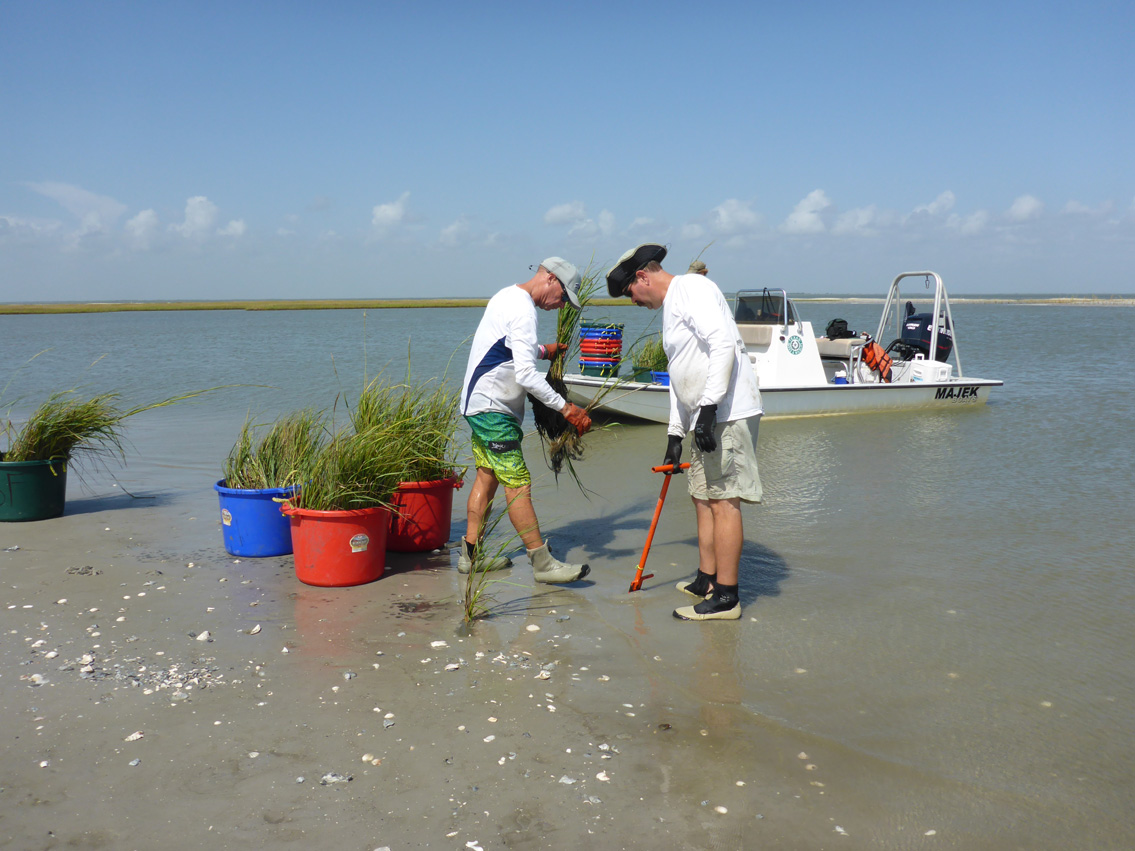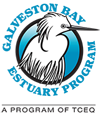Protecting and sustaining habitat and living resources are high priorities of the Estuary Program. Habitat is generally defined as the natural environment of an organism. The bay’s health is dependent on the balance of physical, biological, and chemical conditions necessary to maintain the habitats that support its robust ecosystems. The overall health of the bay and the services it provides depend on the health of the habitats that create them.
Download the Protect and Sustain Living Resources Action Plans of the draft Galveston Bay Plan, 2nd Edition:
Habitat Conservation Action Plan (HC)
Species Conservation Action Plan (SC)
Fresh Water Inflows Action Plan (FWI)
The Galveston Bay watershed hosts a variety of habitats, including:
- submerged aquatic vegetation in the open bay,
- salt flats,
- estuarine intertidal emergent wetlands,
- tidal inlets,
- creeks,
- ponds,
- coastal prairie interspersed with brackish to freshwater marshes,
- freshwater emergent marsh, and
- forests.
Crucial habitats in the estuarine environment of Galveston Bay and the terrestrial environment of its upland watershed include those most significantly affected over the past decades. Wetland loss, changes to oyster reefs, declines of submerged aquatic vegetation, loss of tidal flats, conversion of coastal prairies to developed areas, and loss of riparian forests along bay tributaries, threaten the strength of Galveston Bay. The 2017 Galveston Bay Report Card indicates many of the bay’s crucial habitats (freshwater wetlands, submerged aquatic vegetation, and oyster beds) remain threatened and in need of intervention. The ability of the bay to support its abundant bird life, native plant communities, and other living systems depends on high-functioning habitat.

Priorities for protecting and sustaining habitat and living resources include:
- acquire land or development rights to permanently preserve habitats vital to the health of the Galveston Bay watershed,
- restore habitat form and function where they have been lost or degraded,
- enhance existing habitats to increase overall function and productivity,
- support projects that sustain and restore native species populations,
- support projects that reduce invasive species,
- encourage regional planning to ensure adequate quantities of freshwater reach Galveston Bay,
- support further research to understand the annual and seasonal freshwater inflow needs for Galveston Bay, and
- develop or support outreach initiatives that promote water conservation and educate the public on the importance of freshwater inflows.
View our current projects in natural resources uses.
View our completed projects in natural resources uses.
